My intent was to show that the smaller flash hole produced virtually the same speeds as the larger flash hole. To me this indicates the powder burn was the same, regardless of flash hole size. To me this indicate that the heat transferred through the flash hole was virtually the same, regardless of diameter.
Another thing that i wished to address, is drilling out the flash hole to 0.035" from the factory size of 0.029" essentially takes a brand new breech plug, and turns it into a breech plug with hundreds of shots through it. Drilling the flash hole to 0.035" virtually makes a brand new breech plug old and worn out.
It could very well be that i am incorrect, but i believe the breech plug in your rifle is very nearly the same as the Triumph breech plug. Following is what can be done to a Triumph plug, to cure a problem with ignition delay.
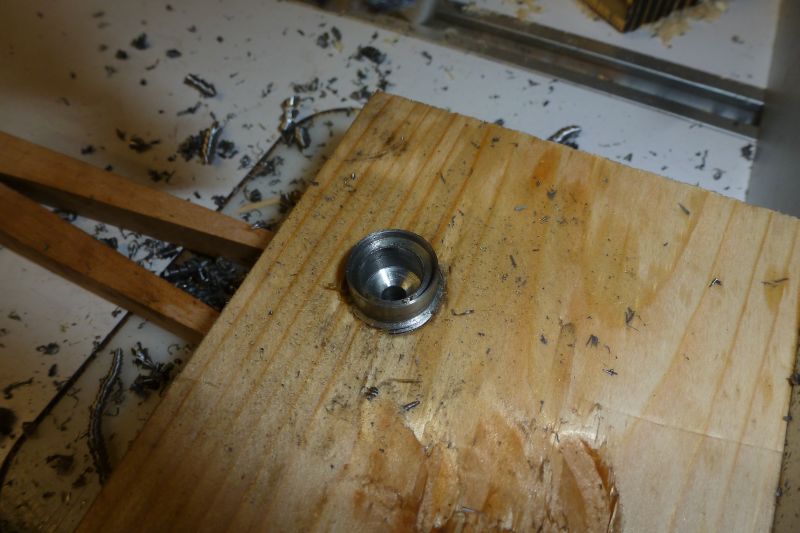
First thing was to drill all the way through the plug with a 5/32" drill. Then the chamber on the powder end was drilled some deeper with a 5/16" drill, and about 7 threads were made with a 10-32 tap, after the taper of the hole is made steeper using an 82 degree countersink. This allows for the 'vent liner' to be used to replace the flash hole. The vent liner is simply a 3/8" long 10-32 cap screw with a 0.028" hole drilled through it.
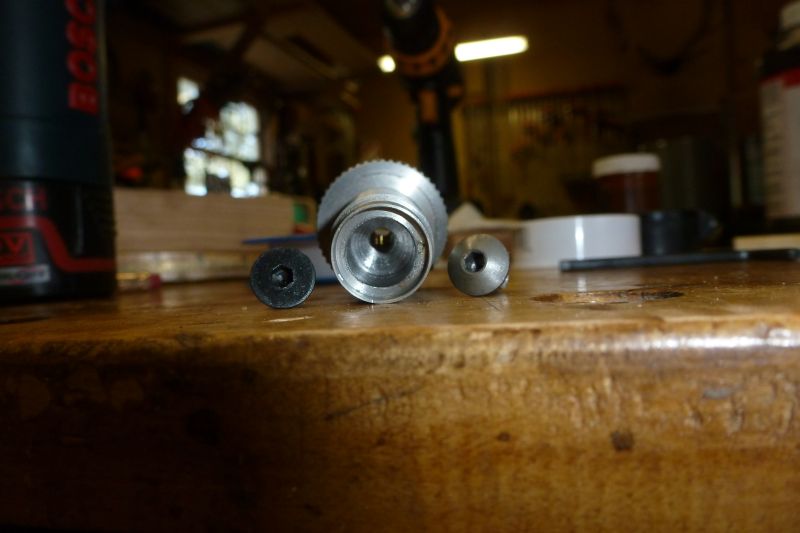
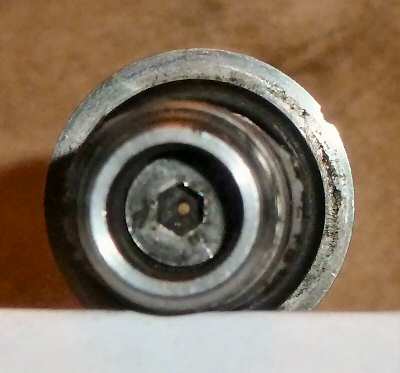
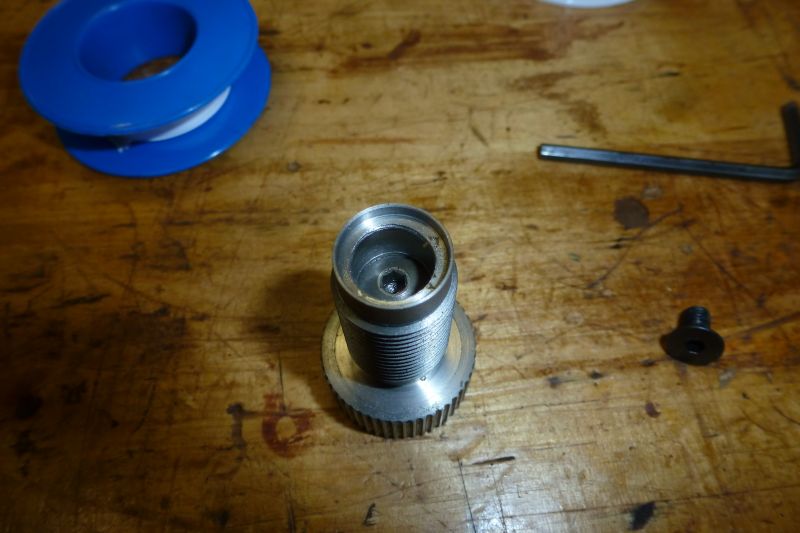
Here is a photo of the modified plug next to the factory Triumph plug.
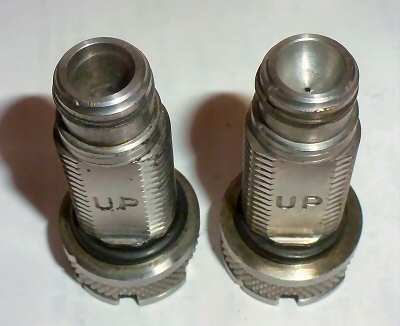
The modified plug has never produced a delay in sub-zero weather using a vent liner with a 0.028" flash hole, and when the flash hole in the vent liner wears so it is larger than 0.035", it can simply be replaced with another vent liner. For some reason, it seems that making the 'powder chamber' a little deeper cures the ignition delay.
This just illustrates another way to cope with ignition issues whilst using BH209 powder.